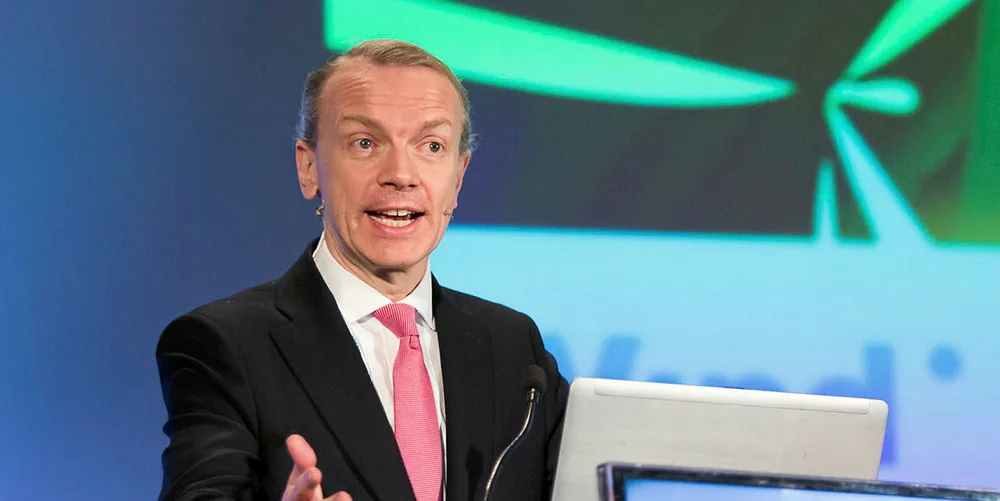'Fisheries and offshore wind must co-operate if Europe is to hit net zero'
The 400GW-plus turbine build-out needed off Europe by 2050 cannot happen without working more closely with the fishing industry, writes Giles Dickson

The 400GW-plus turbine build-out needed off Europe by 2050 cannot happen without working more closely with the fishing industry, writes Giles Dickson
